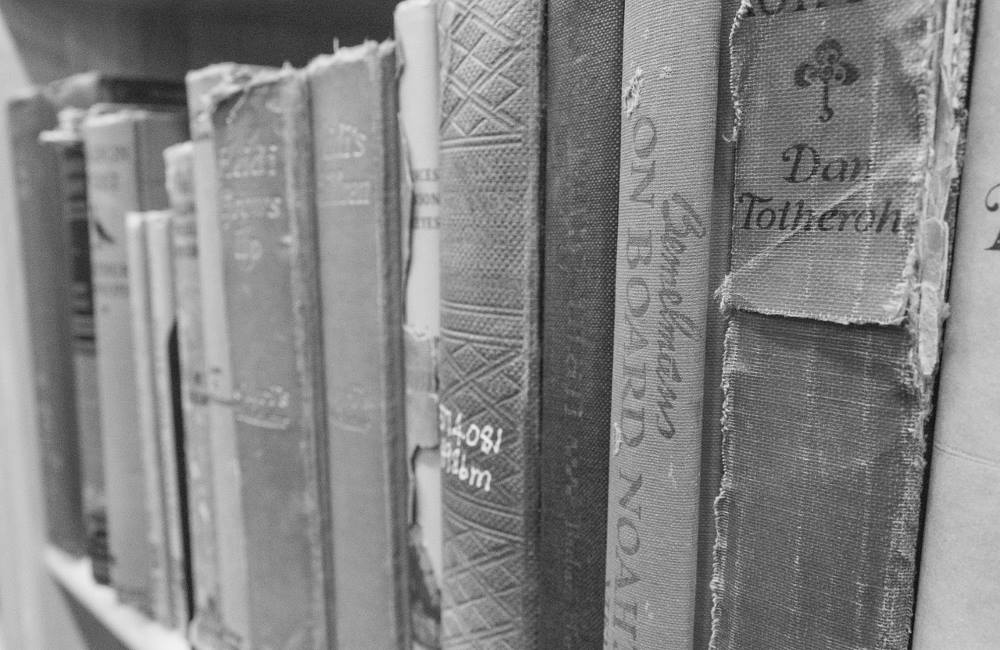A Look at Marijuana History
Marijuana is becoming legal in more states, so cannabis is becoming a larger part of the American culture. However, marijuana’s history goes back generations from all over the world. From ancient cannabis usage to modern marijuana, here is a look at the history of marijuana.
Marijuana History: Ancient Cannabis Around the World
All around the world, marijuana has been used for a number of reasons. In a Chinese medical reference from all the way back in 2737 B.C., marijuana was referenced. The reference focused mostly on marijuana’s medicinal properties and how it was used to help illnesses like malaria, gout and rheumatism. There was also two pounds of marijuana found in the Gobi Desert, buried in a 2,700 year old grave.
Ancient Romanian fire pits from 3000 B.C. unearthed burned remains of cannabis seeds, which implied that marijuana may have been inhaled, possibly during religious ceremonies.
Ash and seeds were also found in a prehistoric shaman’s tomb in Pakistan, near the Kunar River. This was another example where archeologists believe that the cannabis was used for ritual purposes.
The relationship between marijuana and spiritual ceremonies is not the only example of cannabis playing a role in ancient religions. The Egyptian goddess, Seshat, the goddess of wisdom, was often shown with a cannabis leaf above her head.
Ancient Egypt used cannabis in a number of ways. The hemp plant was used to make linens, rope and papyrus. It was also used for medicinal purposes. The Ebers Papyrus, which dates from around 1550 B.C., outlined the use of medical marijuana in ancient Egypt.
Though marijuana was often used for religious purposes, medicinal reasons and to make different materials, there were also examples of cannabis being used for recreational purposes in India and for some ancient Muslims.
Marijuana History in America
Marijuana was first brought to America by the Spanish in the 1500s. Then in the early 1600s, it was used in Jamestown as a crop that was grown and used as a fiber. Though it had early commercial value, the emergence of cotton in the 1800s made hemp less popular as a commercial fiber by 1890.
However, Americans soon found a new reason to appreciate cannabis. During the 1920s, recreational marijuana started to gain popularity. Perhaps the ban on alcohol during the Prohibition contributed to the popularity of marijuana during the height of the jazz age.
Marijuana was also used for medicinal purposes in America to help with things like nausea, rheumatism and even labor pains. It was included in the United States Pharmacopeia until 1942.
However, the attitude toward marijuana began to shift in the 1930s thanks to a campaign by a department that was then known as the U.S. Federal Bureau of Narcotics (currently known as the Bureau of Narcotics and Dangerous Drugs). They began to portray marijuana as an addictive drug that could lead people down a path toward narcotics.
This idea of marijuana as a “gateway” drug continued until the Controlled Substances Act of 1970 officially made marijuana a Schedule I drug, a classification that puts marijuana on the same level as drugs like LSD and heroin. The war on drugs in the 1980s continued to make marijuana a priority for law enforcement officials.
However, marijuana activists have continued to work to change America’s opinion about marijuana. Today, marijuana has been going through major reforms, with recreational and medical marijuana becoming legal in a number of states.




